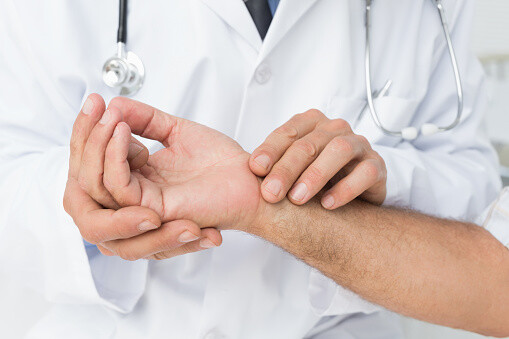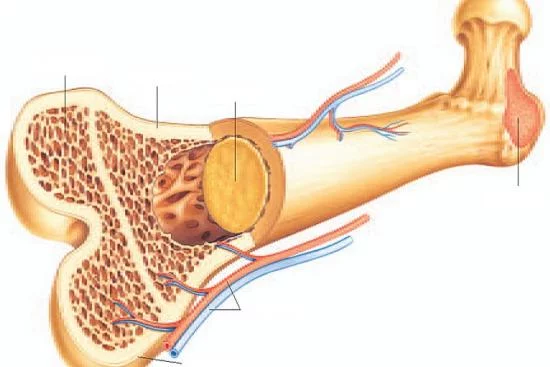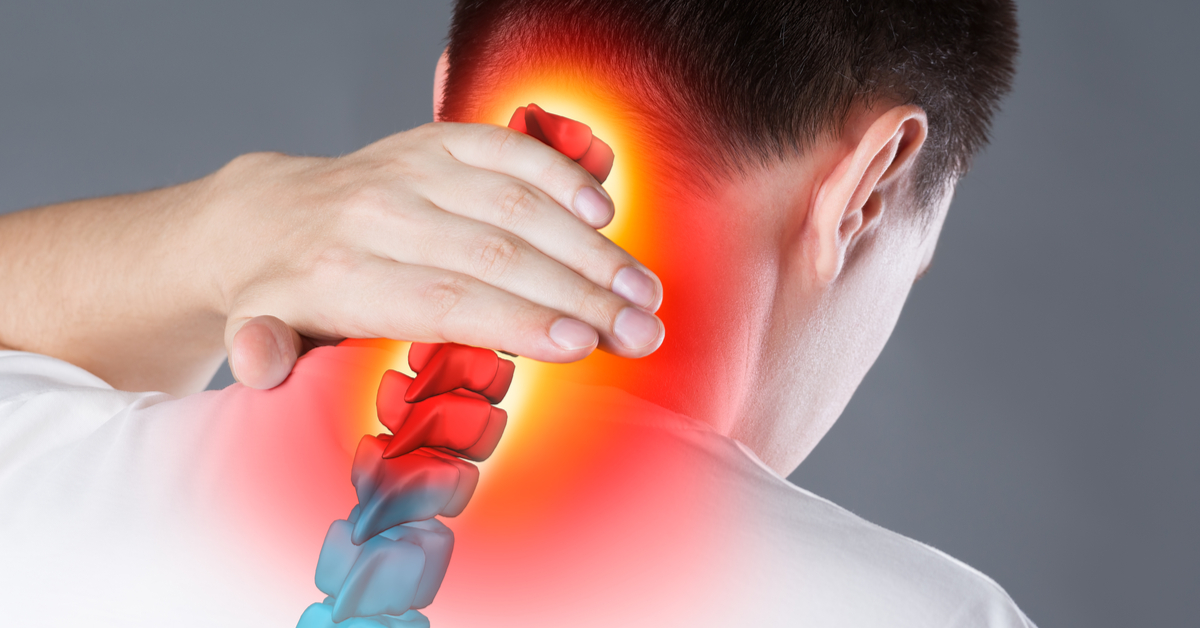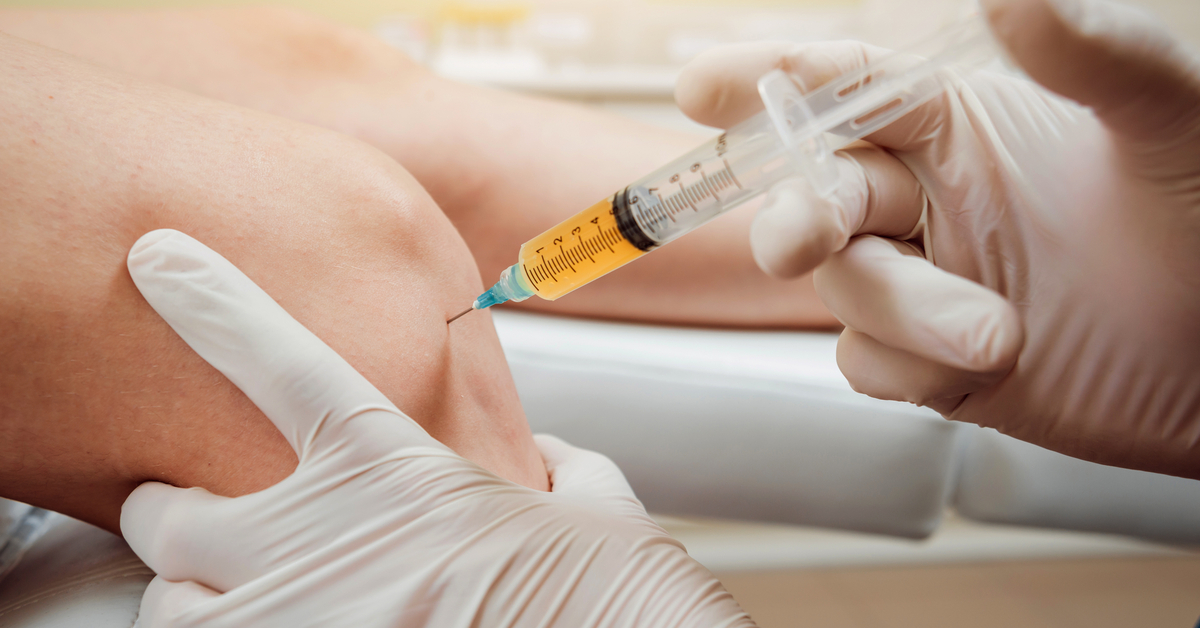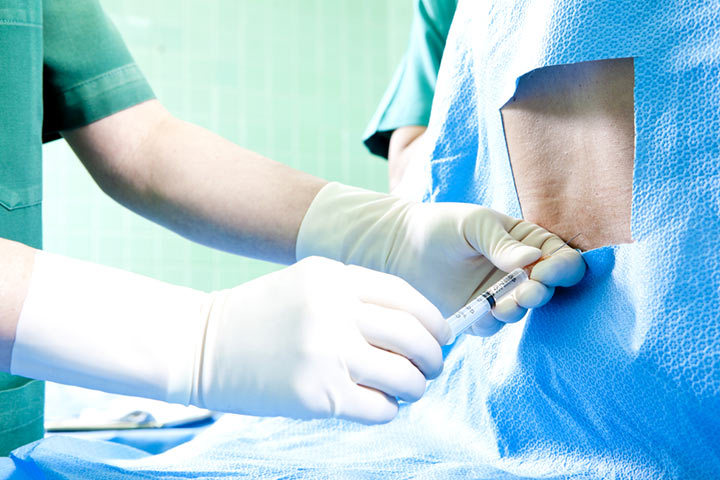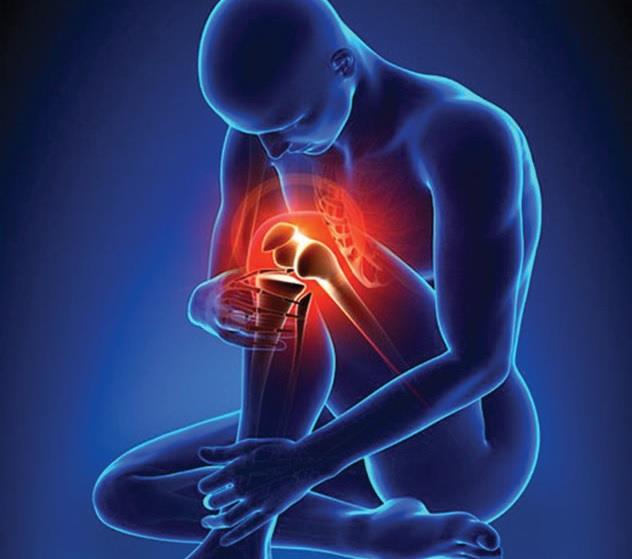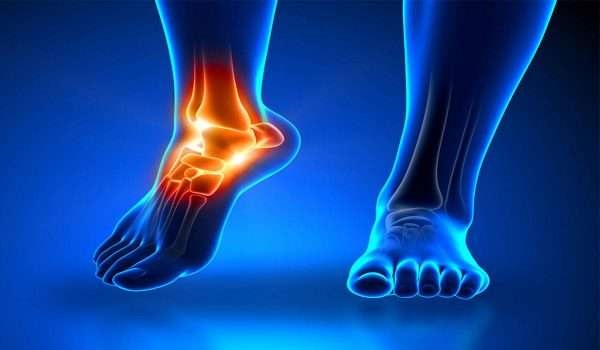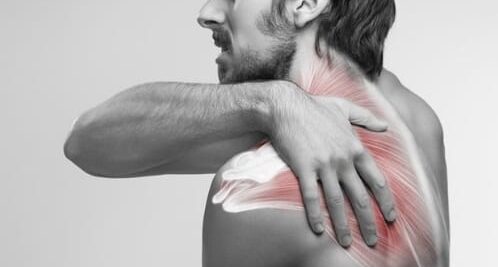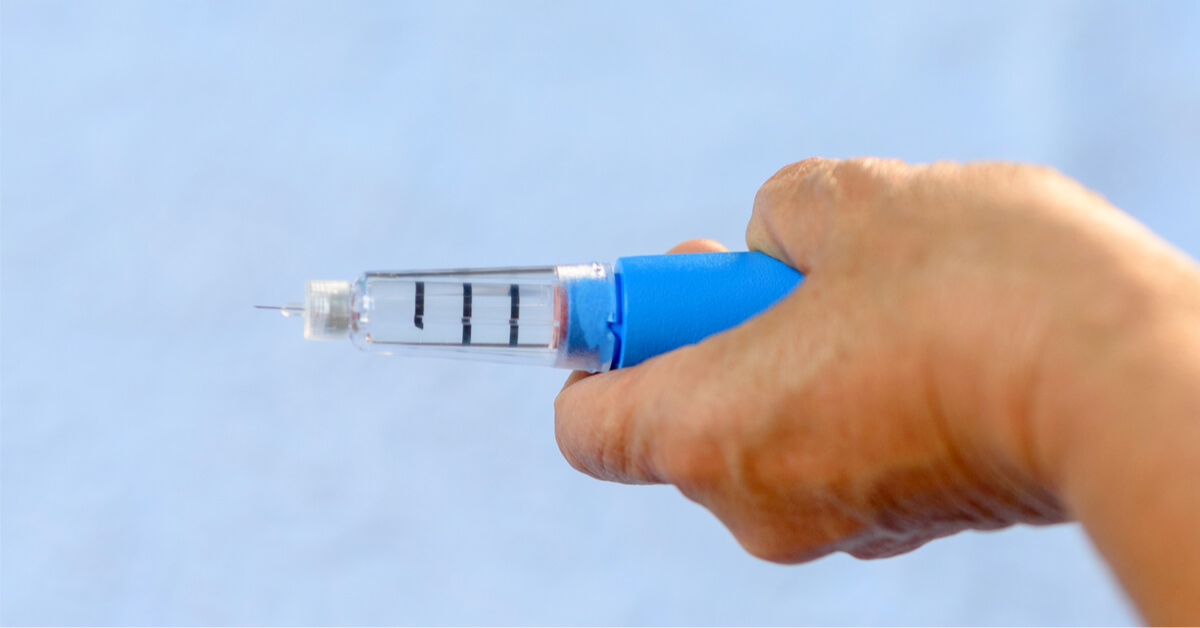What you do not know about knee ligaments cutting
The cutting that occurs in the knee ligaments, which mostly affects athletes, is different in the way it is treated according to the severity of the injury. In order to learn more information on this topic, follow the following article with us.
Knee ligaments cutting
Knee ligaments are a group of connective tissues that are strong and highly flexible, and work to connect the bones to prevent them from making any wrong move that may lead to damage to them, and when any damage occurs to the ligaments, this causes an imbalance and the joint movement becomes completely unbalanced.
The cutting of the knee ligaments occurs as a result of many factors, each of which has a specific method of treatment, and the doctor determines the most appropriate one according to the severity of the injury, such as incorrectly moving the joint or moving it in a direction opposite to its natural path, or exposure to a direct blow in the wet, or a strong collision, and some can be treated with simple methods at home, and others may require surgical intervention.
Types of knee ligaments
There are four ligaments located in the knee area that connects each of the thigh bones to the shin bones known as the tibia, and the types of ligaments that are present in the knee area are:
- The anterior cruciate ligament (ACL): It is located in the middle of the knee and works to control the rotation and movement of the leg bones, and injury in it is the most common among many individuals, and if the foot is in one direction and the knee is in the other, this is a cause of stress and tearing, and this happens most often among athletic people.
- Posterior cruciate ligament (PCL): It is located in the center of the knee and controls the backward movement of the shin bones.
- Medial collateral ligament (MCL): This ligament maintains stability in the inner knee area.
- External collateral ligament (LCL): This ligament serves to maintain stability in the outer knee area.
Knee collateral ligament rupture
Many symptoms appear on individuals and infer that there is a tear in the lateral knee ligaments, for example:
- Swelling appears in the knee area, especially in the outer part.
- Lockdown in the knee joint occurs as a result of sclerosis.
- The presence of severe pain in the knee area from the outside in the direction of the injured ligament.
- Loss of balance and joint control.
Do knee ligaments heal?
The knee ligaments can heal in what is known as the fibrosis process, but in order for this to happen, the patient must adhere to the doctor’s instructions well and not violate any of them, as an abundant amount of rest must be taken with ice packs from time to time, in addition to elevating the affected foot from the rest of the body in order to reduce inflammation and swelling, and if the pain intensifies to a certain extent, the patient may take some painkillers.
How do I know torn ligaments in the knee?
In the event of a knee rupture, many symptoms can be inferred from this, for example:
- Feeling severe and sudden pain in the joint that may have been injured.
- Swelling of the injured knee.
- Severe apathy in the movement of the joint and the loss of the ability to move it very effectively.
- The appearance of blue bruises in the area of the skin surrounding the affected joint.
- Loss of ability to move the affected foot or balance.
Is knee ligament rupture dangerous?
The rupture of the ligaments is one of the most severe injuries that result from a sprain in the knee, whether during an exercise or making a wrong move because it causes infections, severe pain, and difficulty walking due to the inability to control the affected joint.
This injury has many degrees, and if the injury is simple, then there is no need to worry, it will heal over time, but if the severity of the injury becomes severe, then this may require a treatment plan for a long time, and it may require surgical intervention in many cases.



